11 Restorative Foods That Support Deep Transformation
Ali Segersten Apr 28, 2025 8 comments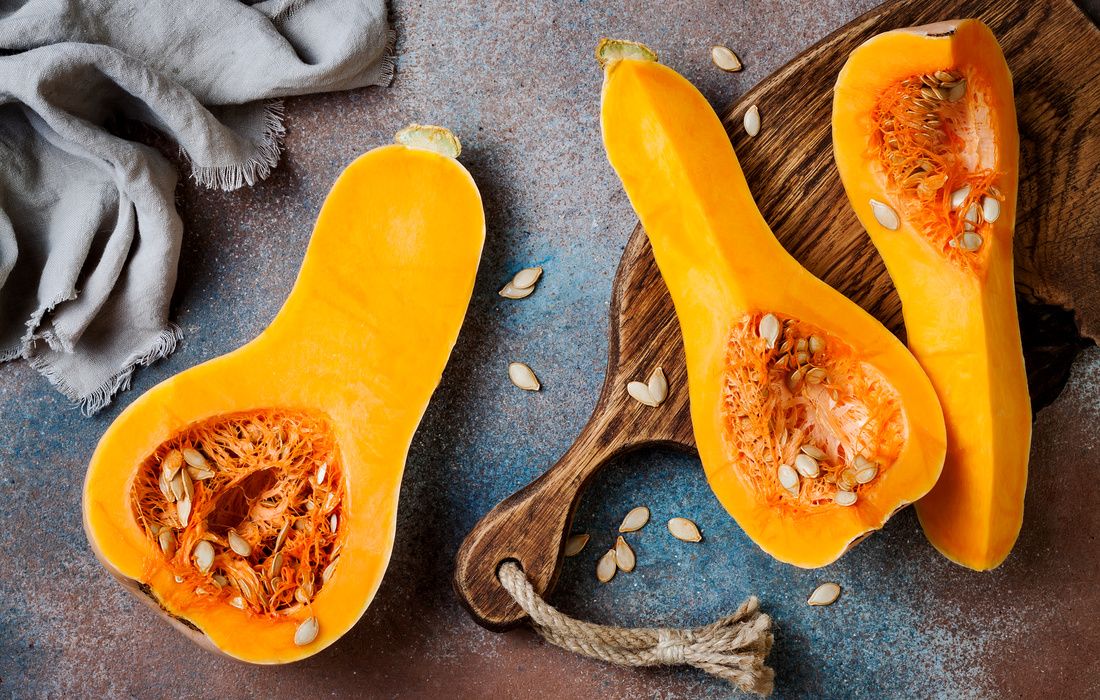
When you've taken the courageous step of removing inflammatory foods and potential sensitivities from your diet, your body enters a remarkable phase. One of renewal and receptivity. This is the replace phase. The time to fill your plate with foods that rebuild, repair, and restore.
Replacing isn’t just about substitutions, it’s about intentional nourishment. This is where food becomes medicine—where digestion begins to strengthen, the microbiome starts to diversify, and the nervous system begins to regulate.
It’s not simply about finding a gluten-free bread or a dairy-free milk. It’s about delivering the nutrients your cells need, soothing inflammation at its root, and laying the groundwork for deep healing. When you feed your body this kind of nourishment, food becomes more than sustenance—it becomes sacred medicine.
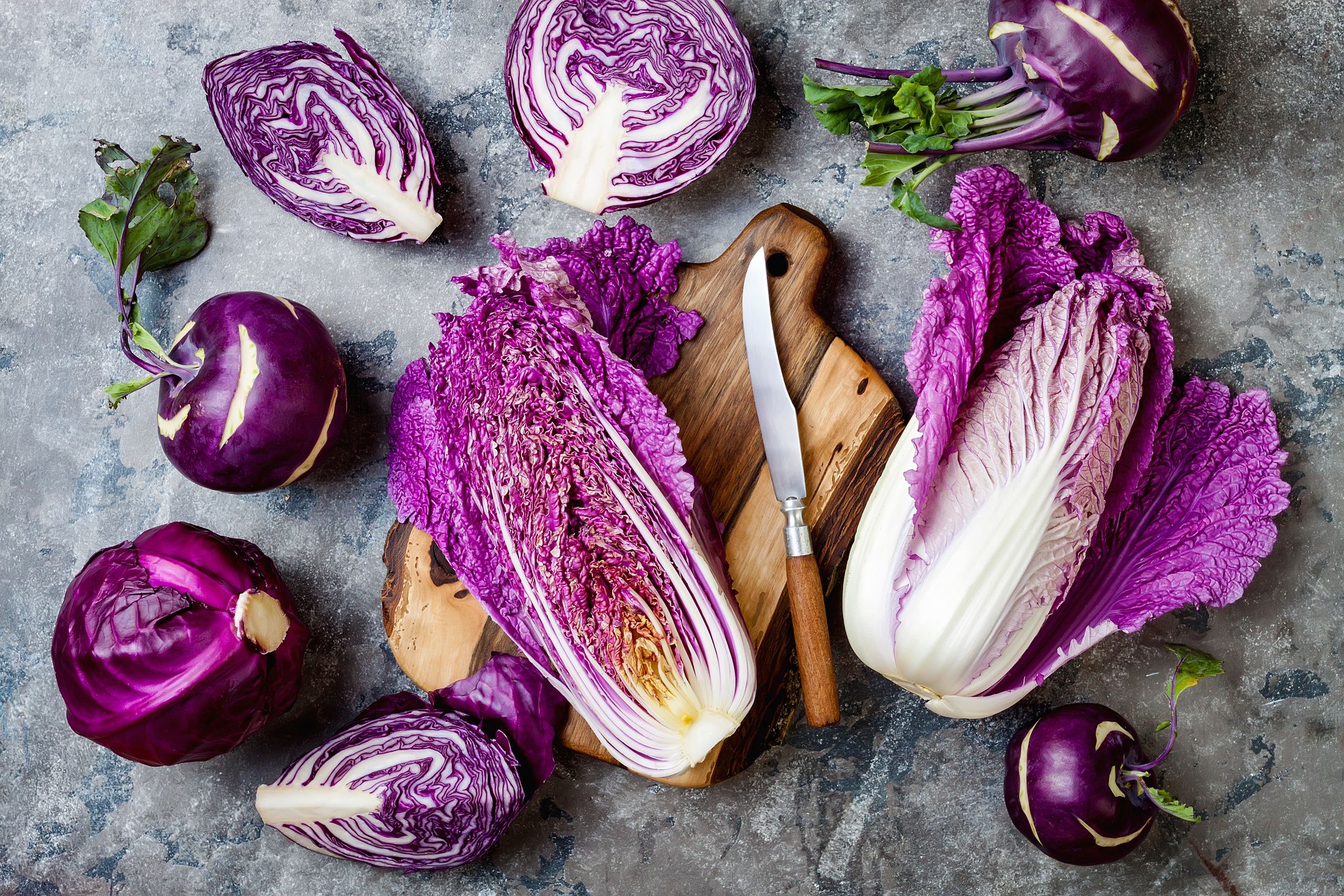
11 Functional Foods That Nourish and Rebuild
These healing foods support immune modulation, gut repair, blood sugar stability, detoxification, and microbiome balance—offering both immediate relief and long-term transformation.
1. Winter Squash or Sweet Potatoes
These grounding complex carbohydrates soothe the gut lining and nourish adrenal function. Winter squash and sweet potatoes are both excellent, easily digested carbohydrates that are packed with antioxidant-rich carotenoids like beta-carotene, alpha-carotene, lutein, beta-cryptoxanthin, and zeaxanthin. These carotenoids act directly as antioxidants in the body, quenching free radicals, and also upregulate the body's own antioxidant defense systems at the genetic level—offering powerful protection against inflammation, cellular damage, and chronic disease. These compounds protect cells from oxidative stress, support immune and eye health, and help reduce systemic inflammation. These vegetables are also a good source of potassium and fiber, which together support electrolyte balance, cardiovascular health, and digestive repair.
How to Use: Roast until caramelized, mash with coconut oil and cinnamon, or use in stews and curries.
2. Blueberries
These tiny berries are antioxidant powerhouses. Their polyphenols protect against oxidative stress, support detoxification enzymes, and feed beneficial bacteria. Studies show they may improve brain function, regulate blood sugar, and enhance gut barrier integrity. In addition, blueberry polyphenols have been shown to selectively inhibit the growth of pathogenic bacteria while supporting beneficial gut microbes, helping to rebalance the microbiome and reduce inflammation. Wild blueberries have more antioxidant power than cultivated, however, both are excellent to add into your weekly meals.
How to Use: Add to smoothies, stir into chia pudding, or warm with a touch of cinnamon and coconut cream.
3. Raw Cruciferous Vegetables
Broccoli sprouts, kale, arugula, radishes, cauliflower, kohlrabi, and other cruciferous vegetables are powerful allies in cellular detoxification and renewal. These vegetables contain glucosinolates, compounds that convert into sulforaphane and other isothiocyanates when digested. Sulforaphane, in particular, activates the Nrf2 pathway, a master switch that turns on genes responsible for producing antioxidant enzymes, including those needed for glutathione synthesis. This helps the body neutralize oxidative stress, regulate inflammation, and enhance hormone clearance—supporting everything from immune function to mental clarity.
These vegetables also deliver a wealth of nutrients that support gut and liver health:
- Vitamin C to recycle antioxidants and support collagen production
- Folate for methylation and cellular repair
- Fiber to feed the microbiome and promote healthy elimination
While glucosinolates are heat-stable, their conversion into sulforaphane depends on the enzyme myrosinase, which is sensitive to heat. To maximize benefits, enjoy a mix of raw and lightly cooked crucifers—or combine cooked vegetables with raw additions like broccoli sprouts, arugula, or radishes to reintroduce myrosinase activity.
In a world where our detox systems are constantly taxed by environmental stressors, including cruciferous vegetables daily can help ease the burden, calm inflammation, and nourish the roots of long-term vitality.
How to Use: Enjoy broccoli sprouts and arugula in salads or wraps, finely chop kale or cauliflower into raw salads, create nourishing slaws with thinly sliced red and green cabbage, and blend red cabbage into berry smoothies for a detox boost.
4. Avocados
Rich in monounsaturated fats, fiber, and potassium, avocados support the nervous system, hormone production, and mitochondrial health. The potassium in avocados helps balance electrolytes, regulate blood pressure, and reduce the strain of sodium in the body—playing a subtle but important role in supporting cardiovascular function and healthy inflammation responses. They help stabilize blood sugar, reduce post-meal inflammation, and support cardiovascular function. The healthy fats in avocados also aid in the absorption of fat-soluble vitamins like A, D, E, and K, making them an ideal food to pair with leafy greens and other nutrient-rich vegetables.
How to Use: Mash onto sweet potato toast, add to smoothies for creaminess, or eat with lemon and sea salt. Add a chopped small avocado on top of your scrambled eggs in the morning with a handful of broccoli sprouts for a superfood breakfast!
5. Beets
Beets are high in a nutrient called betaine, also known as trimethylglycine. This highly important compound can be made in the body from choline, but can also be obtained through foods like beets, shrimp, and crab. Betaine is part of the methylation cycle and plays a key role in converting homocysteine to methionine, a process that also increases the production of SAMe—a compound involved in hundreds of metabolic reactions throughout the body. By supporting this cycle, betaine helps balance hormones, reduce homocysteine levels, and enhance liver detoxification.
Beets are also rich in phytonutrients called betalains, which give them their deep purplish-red color and support the body’s natural detoxification pathways. Research shows that betalains activate the Nrf2 signaling pathway—a master switch that turns on the expression of detoxification and antioxidant enzymes in the liver and other tissues. These compounds are heat-sensitive and best preserved when beets are eaten raw or lightly steamed—maximizing their anti-cancer and detoxification potential. In addition to supporting cellular resilience, beets may enhance endurance, cognitive clarity, and overall antioxidant status.
How to Use: Roast with herbs, shred raw into salads, add to smoothies or fresh juice, or add to soups with bone broth and fresh herbs.
6. Flaxseeds or Chia Seeds
Ground flaxseeds or chia seeds offer both soluble and insoluble fiber to feed gut microbes and support the production of short-chain fatty acids (like butyrate). These seeds support hormone balance by aiding in estrogen metabolism and offer anti-inflammatory omega-3s (ALA). Chia seeds also help with hydration and bowel regularity by forming a soothing gel-like texture when soaked.
Both seeds are rich in essential nutrients such as magnesium, calcium, iron, phosphorus, potassium, and B vitamins (including thiamin and folate). Flaxseeds are especially high in lignans—powerful phytoestrogens with antioxidant and anti-inflammatory effects—while chia seeds provide a source of zinc and selenium. These nutrients play vital roles in cellular energy production, nervous system function, immune support, bone strength, and tissue repair.
How to Use: Mix into baked goods, stir into dairy-free yogurt, sprinkle over porridge, or blend into smoothies and puddings.
7. Leafy Greens (especially bitter varieties)
Bitter greens like dandelion, arugula, frisée, and mustard stimulate bile flow, enhance digestion, and support liver detoxification. Bitter compounds trigger receptors on the tongue and throughout the digestive tract, initiating a cascade of digestive responses—from increased saliva production to the release of gastric acid, digestive enzymes, and bile. This stimulation helps your body fully break down and absorb nutrients, laying the foundation for long-term gut health. And when digestion is strong, it sets the stage for lower inflammation and greater resilience over time. These greens are also rich in magnesium, chlorophyll, and folate—key nutrients for cellular repair, methylation, and energy production.
How to Use: Steam, sauté with garlic and olive oil, blend into smoothies, or enjoy raw with lemon-tahini dressing.
8. Fermented Vegetables
Raw sauerkraut, kimchi, and pickled beets introduce living microbes that restore microbial diversity in the gut. Greater microbial diversity is associated with stronger immune function, more balanced moods, improved digestion, enhanced resilience to stress and infection, and reduced food sensitivities. By enriching the gut ecosystem, these beneficial microbes can help increase oral tolerance and reduce the immune system's reactivity to trigger foods over time. Fermentation enhances the digestibility of food, increases B vitamins, generates short-chain fatty acids, and releases bioactive peptides and antioxidants. Fermented foods may improve immune function, mood, cardiovascular health, and help regulate inflammation.
How to Use: Add a tablespoon to meals for digestive support and microbiome replenishment. Choose unpasteurized versions with live cultures for maximum benefit.
9. Salmon or Sardines
These cold-water fish are among the best whole food sources of omega-3s (EPA and DHA), which are essential building blocks for healthy cell membranes. Cell membrane integrity is critical for communication between cells, immune resilience, hormone signaling, and nutrient absorption. DHA, in particular, is concentrated in brain and retinal tissue, while EPA plays a central role in reducing inflammation by acting as a precursor to specialized pro-resolving mediators (SPMs), which help to actively resolve inflammation and support tissue healing. These omega-3s also help maintain gut barrier function, modulate immune responses, and support mood and cognitive function. Additionally, salmon and sardines supply vitamin D, selenium, and highly bioavailable protein. Wild salmon also contains a powerful antioxidant called astaxanthin—a carotenoid that protects against oxidative stress, supports brain and eye health, and activates the Nrf2 pathway to enhance the body's own detoxification and antioxidant enzyme systems.
How to Use: Bake with lemon and herbs, flake into salads, or blend sardines into a pâté with olive oil and garlic.
10. Bone Broth
Rich in collagen-derived amino acids like glycine and proline—nutrients essential for rebuilding the intestinal lining—bone broth helps repair leaky gut, supports immune tolerance, and reduces systemic inflammation. It also contains glutamine, which nourishes intestinal cells and supports gut integrity. Bone broth is rich in glycosaminoglycans such as glucosamine, hyaluronic acid, and chondroitin sulfate, which can help restore cartilage and reduce joint pain. These compounds also support skin health and tissue regeneration. Additionally, its gelatin content strengthens the mucosal lining of the gut, enhancing nutrient absorption and protecting against gut permeability. Note: Those with histamine intolerance may not be able to tolerate long-simmered bone broths. Fresh meat broths are therefore a better alternative.
How to Use: Sip it warm with sea salt, use as a base for soups, or blend with veggies during early elimination diet phases.
11. Pumpkin Seeds
Zinc- and magnesium-rich, pumpkin seeds help with tissue repair, stress resilience, and immune function. Zinc plays a critical role in protein and DNA synthesis and is essential for antiviral defense. Even a few weeks of low-zinc intake can reduce immune function. While zinc from animal sources like oysters and red meat is most bioavailable, pumpkin seeds are a solid plant-based source, especially when paired with a gut-healing diet to support absorption.
Pumpkin seeds also offer a unique blend of nutrients and plant compounds that enhance their healing power. They contain rare and diverse forms of vitamin E, including alpha-tocopherol, gamma-tocopherol, delta-tocopherol, alpha-tocomonoenol, and gamma-tocomonoenol. These compounds act as powerful antioxidants in the body, helping to protect white blood cells, reduce oxidative stress on blood vessels, and preserve the integrity of cell membranes. Together, they support immune health, cardiovascular function, and healthy aging. Another notable compound is squalene, a lipid antioxidant found in all body tissues that supports skin resilience, shields against UV damage, and nourishes eye health—especially the retina. These seeds also provide plant-based omega-3s and lignans, which contribute to hormonal balance and prostate support.
How to Use: Sprinkle onto salads, blend into pesto, or mix into trail mixes and grain-free granola.
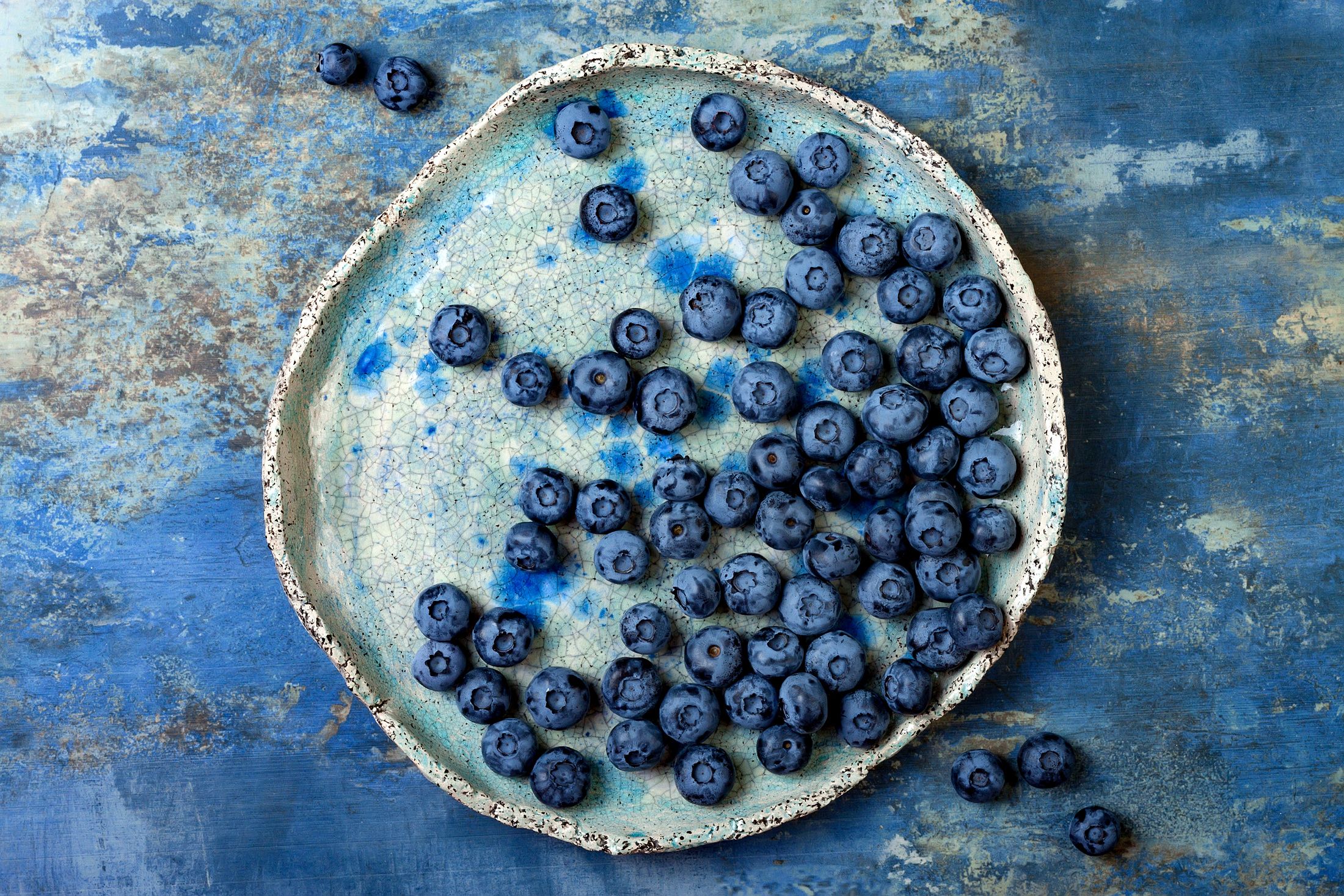
A Return to Wholeness
Nourishment is not just the absence of harmful foods—it is the active presence of healing. Every mineral, every antioxidant, and every whole food sends messages of nourishment and safety to your body—reminding it that healing is not only possible, but already underway.
When we replace inflammatory foods with deeply nourishing ones, we’re not just creating better meals, we're rebuilding cellular integrity, repairing the gut lining, supporting detox pathways, and restoring energy flow.
If you’re ready to explore how healing can feel delicious and intuitive, join our Nourishing Meals® Membership. You’ll gain access to nearly 2000 deeply nourishing recipes aligned with your unique dietary needs, plus meal planning tools to help you stay organized and succeed with your diet. You can even use our detailed ingredient search to easily find recipes featuring the exact healing foods shared in this article—making it simple to turn nutrition knowledge into everyday practice.

About the Author
Alissa Segersten, MS, CN
Alissa Segersten, MS, CN, is the founder of Nourishing Meals®, an online meal-planning membership with over 1,800 nourishing recipes and tools to support dietary change and better health. As a functional nutritionist, professional recipe developer, and author of The Whole Life Nutrition Cookbook, Nourishing Meals, and co-author of The Elimination Diet, she helps people overcome health challenges through food. A mother of five, Alissa understands the importance of creating nutrient-dense meals for the whole family. Rooted in science and deep nourishment, her work makes healthy eating accessible, empowering thousands to transform their well-being through food.Nourishing Meals Newsletter
Email updates.


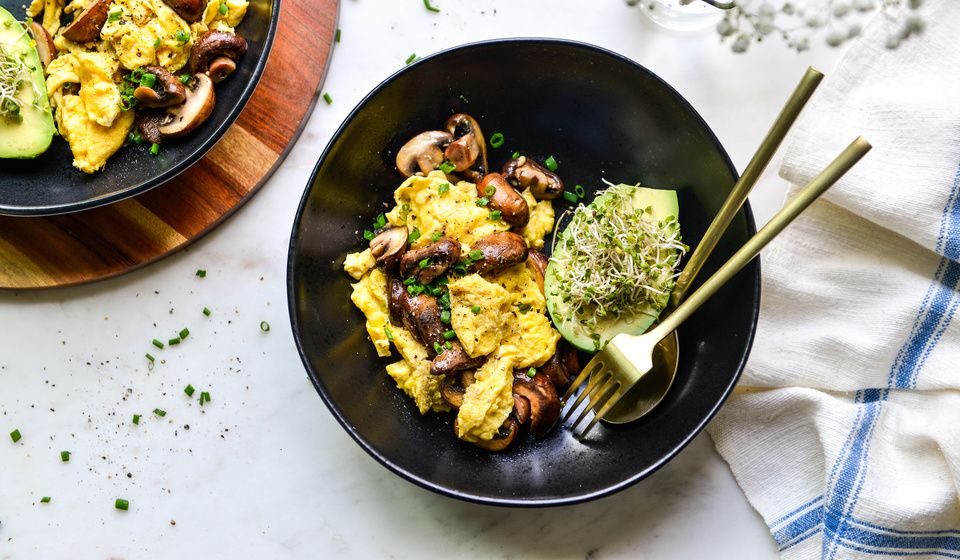
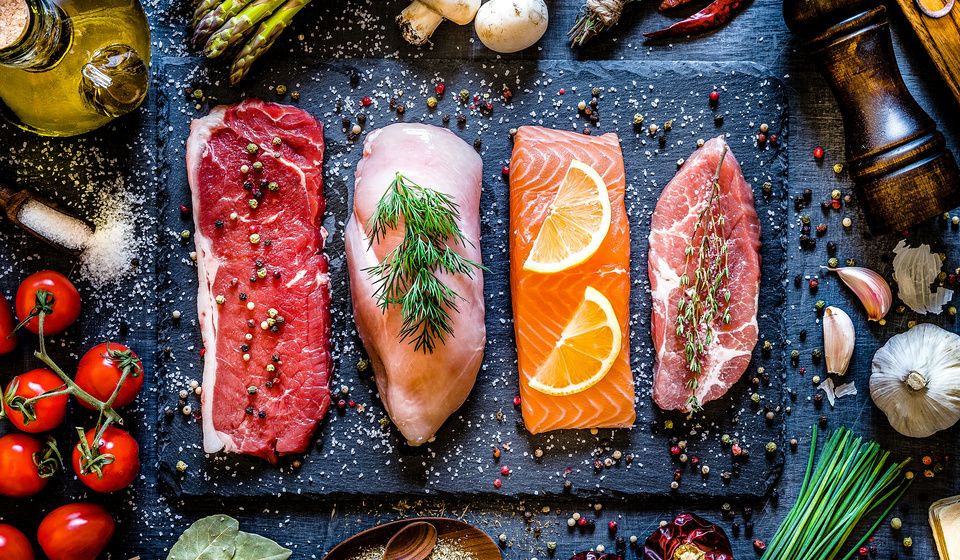
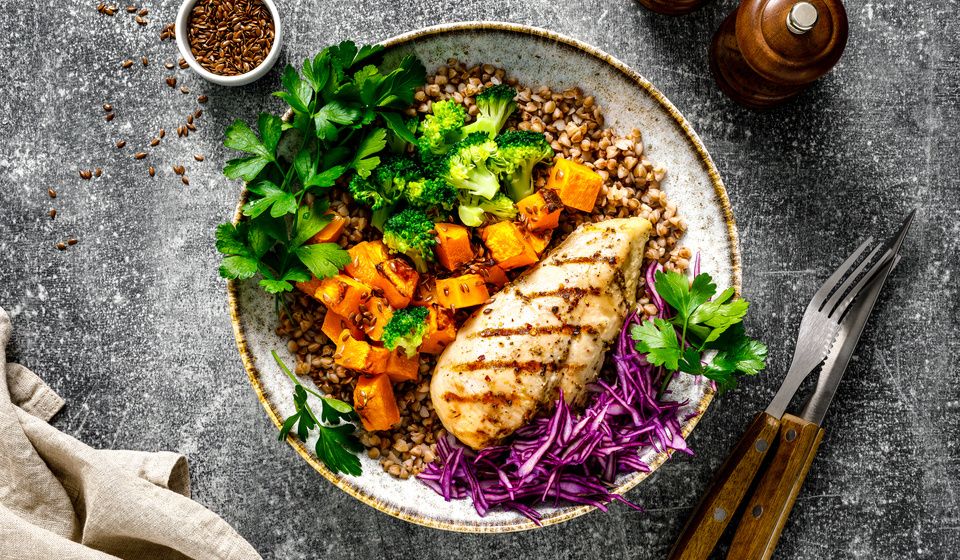

Add Comment
Comments
I love all of your recipes…
I love all of your recipes and interesting articles. I have learned so much from you on my healing journey over the last 5 years. I’m a 47 year old mom of 2, and have been on my auto immune healing journey for 20 years. Thank you so much!
Monica,
Thank you so much…
Monica,
Thank you so much for your beautiful message. 💛 I’m deeply touched to know that the recipes and articles here have supported you on your healing journey over the years. As a fellow mom and wellness advocate, I know how much strength and dedication it takes to walk this path—especially when it spans decades. I’m honored to be part of your journey. 🌿
~Ali
Great article! Thankyou!!
Great article! Thankyou!!
Fanny,
You are welcome. 💛
Fanny,
You are welcome. 💛
Looking forward to your…
Looking forward to your emails
Hi Kathy,
Wonderful! Thanks…
Hi Kathy,
Wonderful! Thanks for the feedback. I am glad you are enjoying them. ✨
So helpful and useful
So helpful and useful
Thank you, Rocío. Glad you…
Thank you, Rocío. Glad you found this article helpful. 😊